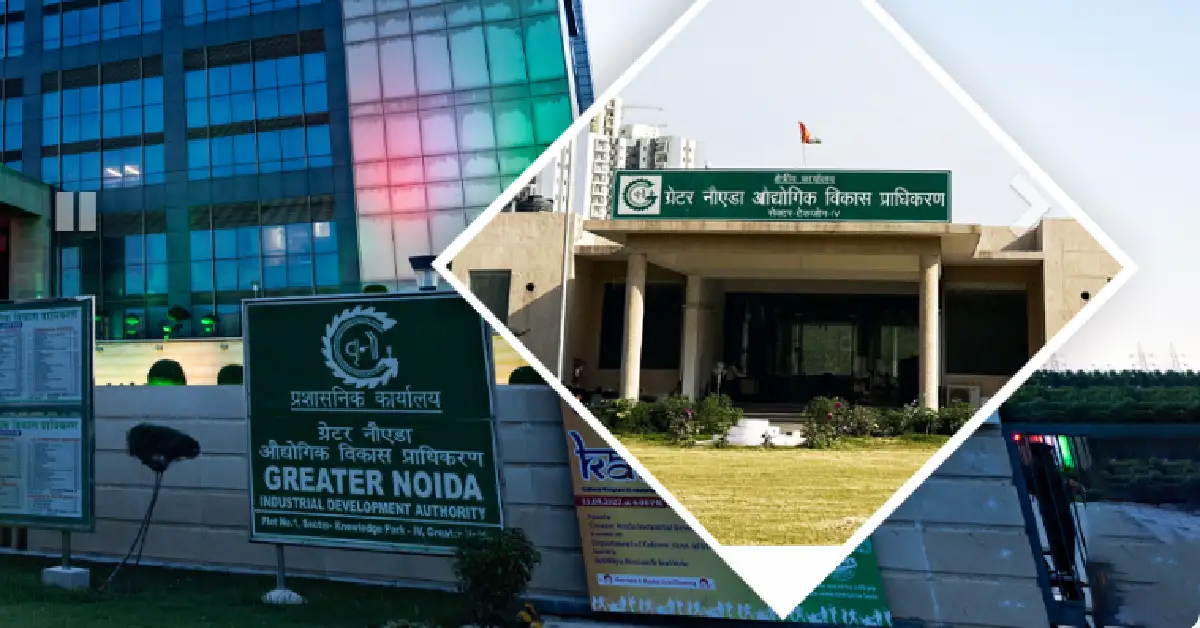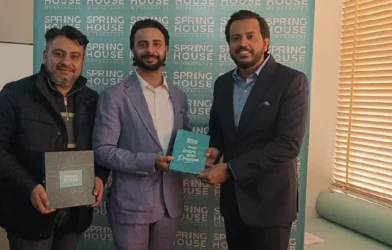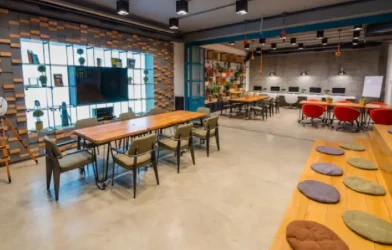Subtotal ₹0.00
The Greater Noida Industrial Development Authority (GNIDA) is moving towards a major policy shift that could reshape the city’s IT and biotech landscape. In a proposal sent to the Uttar Pradesh government, GNIDA has sought approval to amend its Building Regulations, 2010, by doubling the permissible floor area ratio (FAR) for IT, IT-enabled services (ITES), and Biotech Park plots—from the current 2 to 4.
The push for a revision comes amid rising demand from global technology firms, allied industries, and service providers seeking larger office spaces in Greater Noida, which is fast emerging as a hub of investment and industrial growth.
Existing allottees as well as prospective investors have argued that the current FAR norms are insufficient and out of step with international planning benchmarks, making projects less viable.
According to additional CEO Prerna Singh, the Authority has received demands from both existing allottees and new companies looking to invest in the region to increase the FAR. Representatives from IT/ITES allottees have argued that existing FAR of 2 is inadequate in view of the region’s rapid transformation into a centre of investment and industrial growth.
The demand for office spaces has seen a sharp rise with increasing interest from global technology firms, allied industries, and service providers. Industry stakeholders suggested that raising the FAR up to 3.5 would be necessary to fully meet this demand. In their view, a higher FAR would not only make projects more economically viable, but also ensure efficient utilisation of land resources in line with international planning practices.
Subsequently, GNIDA formed a committee of officials to study the demand and suggest recommendations. At a meeting on July 23, the committee recommended that the permissible FAR be retained at 2 for plots situated on roads less than 24m wide, while allowing a higher FAR of 2.5 for plots located on roads 24m or wider. At the same time, it acknowledged that the higher FAR would place greater pressure on civic infrastructure, necessitating upgrades in water, sewerage, and road networks.
The committee studied practices adopted by comparable authorities in its deliberations. Noida Authority already permits an FAR of 2.5 for IT/ITES plots situated on roads 24m wide and above. Taking this into account, the committee recommended aligning Greater Noida’s policy with Noida’s.
The proposal also clarified that purchasable FAR will be permitted only if sufficient ground coverage remains available at the applicant’s site. The present norms allow 30% ground coverage. Revenue generated through such FAR purchases is expected to provide the Authority with substantial funds, which can then be invested in urban infrastructure such as water pipelines, sewer systems, and arterial road improvements.
This reinvestment will be critical to sustaining higher-density development without compromising the quality of civic services, officials said.













